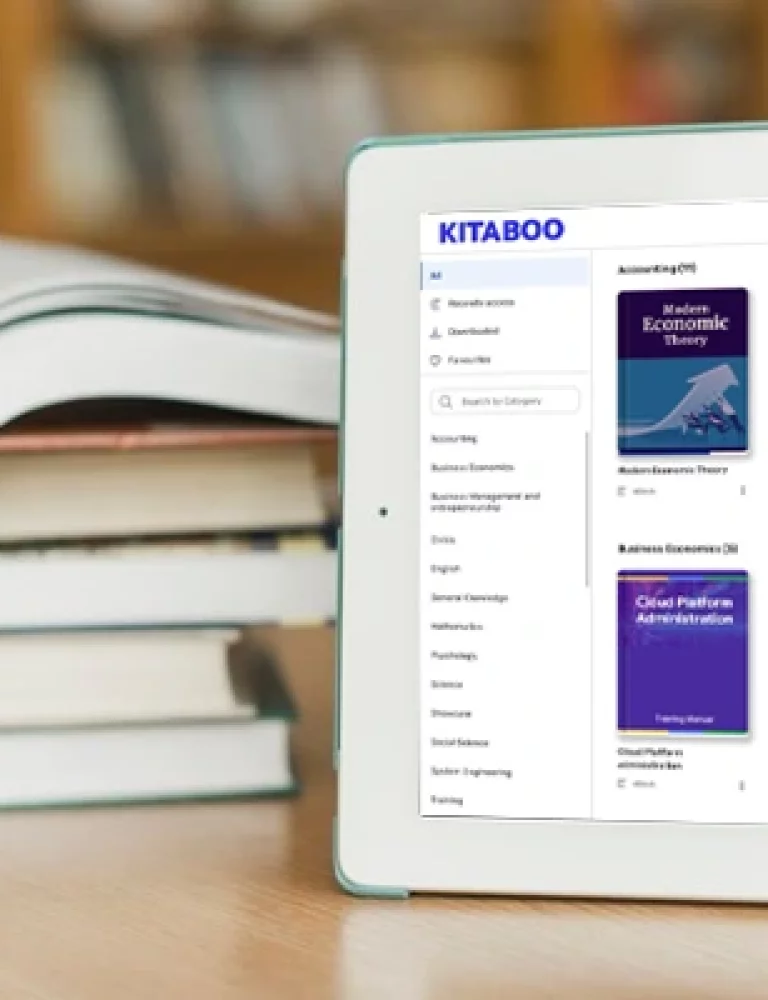In contemporary education, the use of student data to inform and enhance teaching methods has gained widespread recognition. Data analytics is transforming the approach to instruction at various levels within educational institutions.
Contrary to popular belief, data-driven instruction goes beyond mere test score enhancement. It delves into dynamic student performance data analysis, allowing educators to make precise curriculum adjustments to improve overall comprehension.
Data also helps recognize patterns of struggle or excellence within the classroom. By identifying learning gaps, you can implement adaptive teaching methodologies and cater to diverse learning styles and academic abilities.
Further, tracking and analyzing student data will not only support student development but also help learners acquire valuable experience and expertise. Simultaneously, educators can refine their teaching methodologies, ensuring maximum student success in future classes.
In this article, we explore how you can leverage student performance data analysis to create an inclusive learning environment that facilitates individual growth.
Table of Contents:
I. Methods of Collecting Student Data
II. How to Utilize Student Performance Data Analysis to Drive Instruction?
- Promote Collaborative Efforts for Implementation
- Focus on Essential Data Points
- Invest in Appropriate Data Management Tools
- Identify Learning Gaps and Opportunities
- Implement Data-Driven Adjustments
- Visual Representation of Data Insights
III. Wrapping Up!
Methods of Collecting Student Data
When considering data, it’s crucial to recognize that educational institutions collect various data types, serving multiple purposes.
- Teachers employ various methods, including formal assessments, classroom observations, and day-to-day interactions, to gather student data.
- Standardized testing yields district, school, and grade-level data, while individual assessments provide insights into student performance within specific classes.
- Summative and formative assessments offer teachers valuable feedback on their classroom instruction.
This multifaceted approach helps you gain comprehensive insights into student performance and engagement. Individual teachers and grade teams can utilize each of these distinct data sets to enhance and refine their classroom teaching.
However, despite the numerous advantages of collecting student data, a significant obstacle remains. Educators face the challenge of designing assessments that are engaging and interactive to capture students’ attention and collect accurate feedback effectively.
Digital textbook platforms, such as KITABOO, play a crucial role here. KITABOO offers several modern assessment tools to help you collect data on student comprehension and encourage active participation in the long run.
For instance, KITABOO employs an AI assistant named K.AI, capable of swiftly generating various resources, including flashcards, lesson summaries, and multiple-choice questions. This technological innovation optimizes teachers’ time allocation, enabling them to utilize it more efficiently. Simply put, you can now assess students with a click!
How to Utilize Student Performance Data Analysis to Drive Instruction?
Leveraging student performance data analysis as a dynamic tool for guiding instructional strategies has become an indispensable practice in modern education. By utilizing data insights to customize teaching methods, you can empower students to achieve their full academic potential with tailored instruction approaches.
Here’s how you can leverage student performance data analysis to shape impactful instructional strategies.
Promote Collaborative Efforts for Implementation
To effectively utilize student data, you must collaborate with peers, administrators, and district leaders. As an educator, you should communicate your findings to administrators, highlighting successful practices and persistent challenges.
Demonstrating successful case studies encourages educators and administrators to adopt personalized teaching practices. Organizing regular professional development workshops creates opportunities for teachers to acquire essential tools for data collection and analysis implementation in classrooms.
Regular check-ins and meetings foster collaboration, accountability, and a culture of data-driven decision-making.
Focus on Essential Data Points
Avoid the pitfall of accumulating excessive information by concentrating solely on critical data points. Identify which topics are fundamental to student success, such as graduation prerequisites or topics included on the standard assessment tests (SATs).
Consider the relevance of different data sets and monitor student performance throughout the learning process. This practice facilitates timely curriculum adjustment throughout the unit, ensuring optimal learning outcomes for all students.
Invest in Appropriate Data Management Tools
You can utilize relevant technological resources for efficient data management and tracking. Various educational technology programs securely collect and organize student data for simplified comprehension and analysis. These tools help you handle large amounts of data without becoming overwhelmed.
When selecting a data management software, you must ask the following crucial questions:
- Does it ensure consistent data provision?
- Are all teachers able to access it easily?
- Does it offer sufficient security for safeguarding student information and data?
In short, opt for a tool that offers easy accessibility, consistent data, and robust security features. Such tools enable you to make informed instructional decisions.
Being a leading ePublishing platform, KITABOO is your one-stop shop for innovative digital learning solutions. The platform offers DRM protection to ensure the safety of your content and student data.
It seamlessly integrates with popular learning management systems (LMSs) like Schoology, Moodle, Sakai, and more. When combined, these digital solutions offer a comprehensive view of each student’s learning progression.
By integrating KITABOO into your existing LMS, you can significantly enhance the delivery of instructional content and streamline the institutional administration. You can also leverage essential analytical features to get the most out of KITABOO and your existing LMS.
Identify Learning Gaps and Opportunities
Comprehensive data analysis helps you identify areas for improvement and recognize opportunities for enhancing instructional practices. These insights enable you to tailor your teaching methods to address specific learning challenges and elevate student achievement.
For instance, you might notice improved student test scores when administering tests earlier in the week. This realization presents an opportunity to enhance student performance through minor adjustments.
On the other hand, data analysis could unveil discrepancies in geometry proficiency, highlighting potential gaps in the curriculum.
Implement Data-Driven Adjustments
Integrate data findings into your lesson plans and emphasize improving deficient skills. Classes with lower test scores should receive specific assistance from the administration to ensure teachers have the necessary resources to address students’ requirements.
Tracking all changes resulting from data analysis is crucial to evaluate their effectiveness and ensure continued efficacy.
Here’s when digital publishing platforms like KITABOO can be of great help. The platform furnishes valuable learning analytics, aiding in monitoring courseware consumption and delivery patterns through its integrated analytics tool.
These tools help you customize and refine the instructional content based on your student’s interests and progress.
Visual Representation of Data Insights
Collaboration is pivotal for the success of data-driven instruction. After gathering and analyzing data, implementing modifications, and monitoring outcomes, you can share your findings with administrators.
Utilizing visual aids such as charts and graphs helps communicate data insights effectively. Visualization fosters a deeper understanding of the impact of instructional modifications and encourages further collaborative efforts for continuous educational improvement.
Wrapping Up!
In isolation, data cannot resolve educational challenges. However, gathering data from standardized, formal, and informal assessments equips you with insights into student requirements.
It enables you to group students based on individual strengths and weaknesses. This data-driven approach aids in the design and adaptation of lesson plans, ensuring continual student progress.
In conclusion, the effective utilization of student data contributes significantly to the holistic development and success of both students and educators alike.
Stay up-to-date with the latest eLearning solutions by partnering with the world’s leading digital textbook platform- KITABOO.
Using KITABOO, you can create captivating pre-assessment tasks customized to the lesson’s objectives. This approach not only offers insights into students’ existing knowledge but also establishes the framework for the subsequent lesson.
Contact our expert team now and get started!
To know more, write to us at KITABOO@hurix.com.
Suggested Reads:
Discover How An Ebook Conversion, Publishing & Distribution Platform Can Help You
Kitaboo is a cloud-based content platform to create-publish & securely distribute interactive mobile-ready ebooks.
You May Also Like








